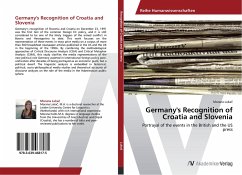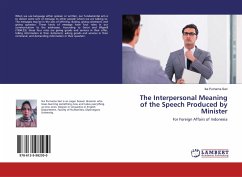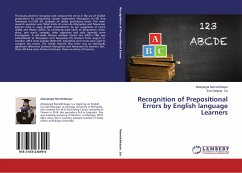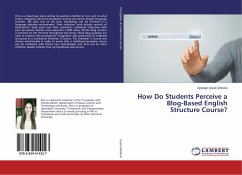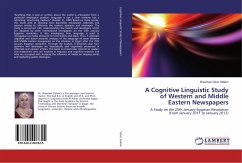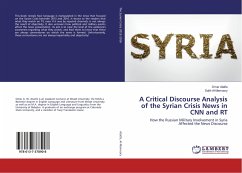Germany's recognition of Slovenia and Croatia on December 23, 1991 was the first test of the common foreign EC policy, and it is still considered to be one of the likely triggers of the armed conflict in Bosnia and Herzegovina to date. This work focuses on the representation of these events in mass print media on a corpus of more than 300 broadsheet newspaper articles published in the US and the UK in the beginning of the 1990s. By combining the methodological approaches of Critical Discourse Analysis (CDA) and Critical Metaphor Analysis (CMA), this study clarifies the media representations of the new political role Germany asserted in international foreign policy post-unification after decades of being portrayed as an economic giant, but a political dwarf. The linguistic analysis is embedded in historical, political, socio-philosophical media studies and theoretical accounts of discourse analysts on the role of the media in the Habermasian public sphere.
Bitte wählen Sie Ihr Anliegen aus.
Rechnungen
Retourenschein anfordern
Bestellstatus
Storno

